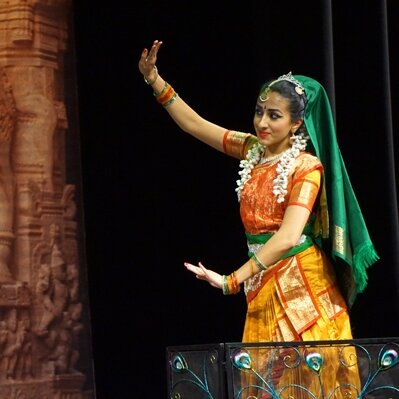gopura
sk गोपुर gopura, "elaborate gateway" |
Gopura in Indian architecture refers to a tower above a gateway or archway, "towers at the entrances of a temple". The term is also used as saṃdoha, a "meeting place" of the Yoginis.
by Bindu S. Shankar

pdf 15.0 MB
This major study in the history of dance and in Southern India architecture brings to us numerous notations which can be helpful for a better understanding of the Indian sources of Southeast Asian dance traditions:
Photo: Siva-Nataraja. Sembiyan age bronze, Vriddhagirisvara Temple, Vriddhachalam. Chola period, 10th century. (reproduced by the author courtesy of S. R. Balasubrahmanyan).
Tags: dance, music, Indian music, Indian dance, Sanskrit, Hinduism, hand gestures, Indian aesthetics, women, Ramayana, Chola, Southern India, Tamil Nadu

Bindu S. Shankar (13 July 1965, Madras, India) is a Bharata Natyam dancer and researcher from Chennai with a Ph.D in Art History from the Ohio State University, USA. She pursued her dissertation research on dance imagery in South Indian temples and studied the relationship between the temple tradition and the dance tradition through the 108-karana sculptural program.
In the US, Bindu founded the Vrindavan Dance Academy in San Ramon, California.